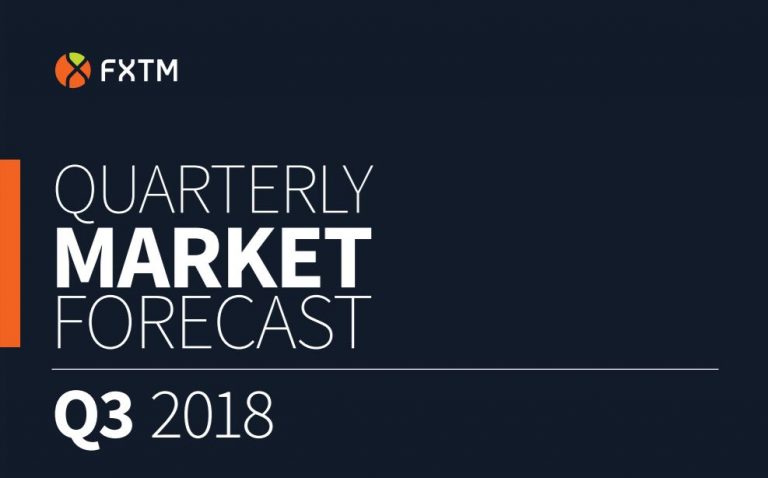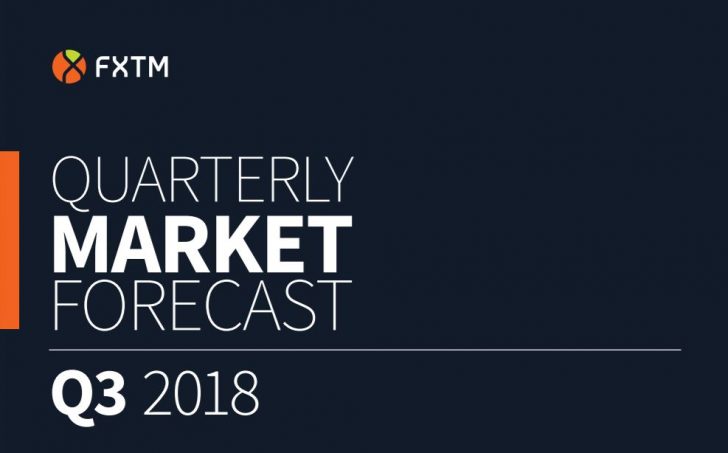AUDUSD Quarterly Market Outlook - Hammered by widening interest rate differentials
The Australian Dollar was an obvious casualty of a broadly stronger Dollar and heightened global trade tensions during the second trading quarter of 2018.


One of the key drivers behind the Australian Dollar’s painful depreciation has been the widening interest rates differentials between the Federal Reserve and Reserve Bank of Australia.
While the Fed is expected to raise interest rates at least two more times this year, a combination of different factors has repeatedly held the RBA back from normalizing monetary policy.
With the Australian Dollar yield premium likely to diminish further as the RBA leave interest rates unchanged at a record low of 1.5%, the Australian Dollar remains at threat of depreciating further in the medium to longer term.

As we head into the third quarter of 2018, the Australian Dollar is at risk of being caught in the cross fire of trade tensions if they continue to escalate between the United States and China.
It must be kept in mind that Australia’s close economic link to China directly exposes the economy and local currency to the negative impacts a trade war likely presents.
A situation where the second Largest economy in the world starts to decelerate amid trade tensions could create a negative ripple effect, ultimately spelling trouble for the Australian economy.

There is a strong possibility that the performance of the Australian Dollar will also be largely impacted by commodity prices, the monetary policy outlook at home and US Dollar movements.
Although domestic conditions in Australia have witnessed some improvement with growth expanding 3.1% year-on-year during Q1, weak domestic consumption remains a cause for concern.

The combination of sluggish wage growth and subdued inflationary pressures present a strong argument for the RBA to remain on standby.
While the Aussie as a commodity currency could find support from rising commodity prices, gains are poised to be clipped by an appreciating Dollar and uncertainty revolving around global trade.
Focusing on the technical picture, the AUDUSD is turning increasingly bearish on the monthly charts following the break of the bullish channel.
With the Aussie’s weakness based on the widening interest rate differentials, the AUDUSD remains fundamentally bearish.
Sustained weakness below the monthly 0.7750 resistance level could invite a further decline towards 0.7150.
The consistent lower lows and lower highs observed on the weekly charts reinforce the bearish outlook for the AUDUSD.
If weekly sellers are able to conquer 0.7370, the next significant level will be found at 0.7170.
While the daily timeframe suggests further downside, a technical rebound towards 0.7440 and 0.7500 could be on the cards if the 0.7330 support proves defensive.












